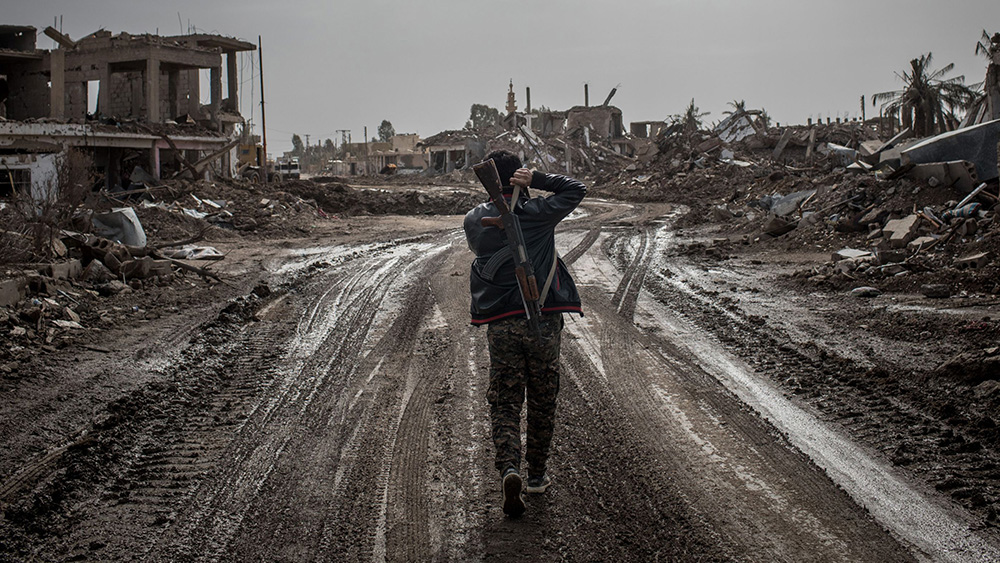Unit 9: Globalization
1900 CE – presentWhat does it mean to live in a global world? Explore the promises and problems of global connections, and how nationalism and identity continue to shape how people experience the world.
An Age of Intense Globalization

Lesson 9.2
Is Globalization Good or Bad?
Our world is more connected than ever, but not everyone experiences those connections the same way. Dive into real-world examples that show how globalization creates both opportunity and inequality.

Lesson 9.3
The Global Economy
Where do your products come from, and who benefits? Follow the paths of goods, money, and migration to uncover how the global economy impacts lives in very different ways.

Lesson 9.4
The Great Acceleration
The world changed quickly after 1945. Take a closer look at how progress in health and food came with environmental costs and rising global pressure.
Social Transformation

Lesson 9.5
Global Communities
It’s time to join the conversation about human rights and global cooperation. Explore how global institutions and grassroots movements have worked together—and at times clashed—in the fight for justice since World War II.

Lesson 9.6
Global Conflicts
A more-connected world hasn’t necessarily meant a more-peaceful one. Discover how global tensions continue to fuel unrest around the world.

Lesson 9.7
Experiencing Globalization
From forced migration to cultural resistance, people around the world have responded to globalization in different ways. These stories show how individuals work to protect their rights, identities, and communities.
What Comes Next?
 Teaching This Unit
Teaching This Unit
Unit 9 Vocab
Key Unit 9 vocabulary words and definitions.

Using AI with OER Project
Transform your classroom with AI tools aligned to OER Project materials.

Writing Guide
Strategies for instructing and supporting both formal and informal writing.

Frames Guide
A clear framework helps students examine history through different frames.

Assessment Guide
Learn about OER Project’s approach to assessment.

Unit 9 Teaching Guide
All the lesson guides you need in one place.

